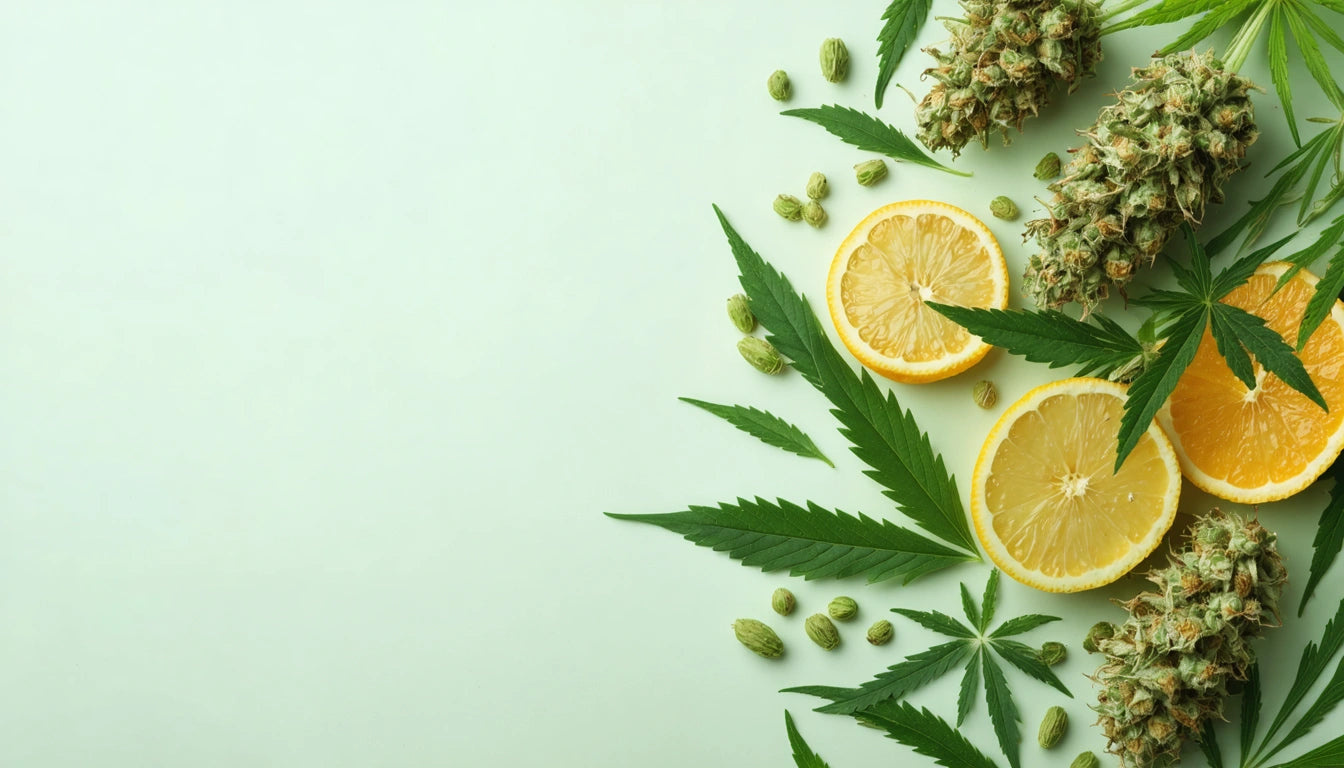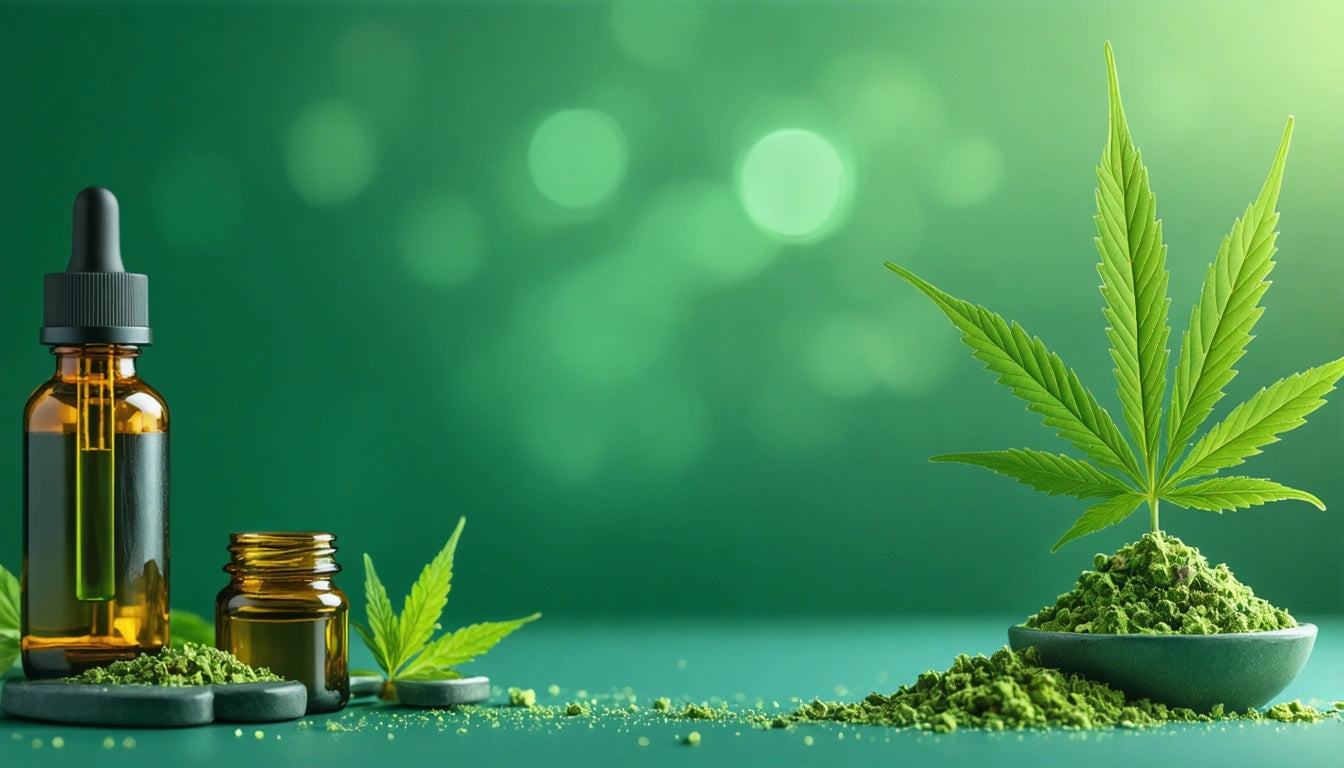Table of Contents
- The Science Behind Cannabis Munchies: Why Weed Makes You Hungry
- THC and Appetite Hormone Interaction
- Why Does Weed Make You Thirsty? The Mechanism Explained
- Which Cannabis Strains Increase Hunger Most?
- When Cannabis Suppresses Appetite: Why Weed Ruins Appetite for Some
- Managing Cannabis-Induced Hunger and Thirst: Practical Tips
How Cannabis Affects Hunger and Thirst: The Science Behind the Munchies
Cannabis consumption is famously associated with increased appetite and thirst, commonly known as "the munchies." This phenomenon has been a cultural touchpoint for decades, but the biological mechanisms behind why smoking weed makes you hungry and thirsty are fascinating and complex. Understanding these effects can help consumers make informed choices about their cannabis use and manage potential side effects.
The Science Behind Cannabis Munchies: Why Weed Makes You Hungry
The primary reason why cannabis stimulates appetite lies in how cannabinoids, particularly THC (tetrahydrocannabinol), interact with the body's endocannabinoid system. This system plays a crucial role in regulating hunger, among many other physiological processes.
When THC enters the bloodstream, it binds to CB1 receptors throughout the body, including those in brain regions controlling appetite. This binding process triggers a cascade of effects that ultimately increase hunger signals, even when you're physically full.
According to research on cannabis and increased appetite, THC specifically activates neurons in the hypothalamus that normally suppress appetite, but paradoxically causes them to promote hunger instead.
THC and Appetite Hormone Interaction
Ghrelin Stimulation
THC increases levels of ghrelin, often called the "hunger hormone." Higher ghrelin levels signal to your brain that your body needs food, even if you've recently eaten.
Enhanced Sensory Perception
Cannabis also enhances sensory experiences, making food smell more appealing and taste more intense. THC increases dopamine release, which heightens the pleasure associated with eating, creating a powerful motivation to consume more food.
As explained in an article about how smoking weed affects metabolism, these sensory enhancements combine with metabolic changes to create the perfect storm for increased appetite.
Why Does Weed Make You Thirsty? The Mechanism Explained
Cannabis-induced thirst, often called "cottonmouth," occurs through different mechanisms than increased hunger. When asking "why does pot make you thirsty," the answer involves how cannabinoids affect saliva production.
THC binds to receptors in the submandibular glands responsible for producing saliva. This binding temporarily inhibits saliva production, creating the sensation of dry mouth and triggering thirst. Additionally, cannabis can lead to mild dehydration, further contributing to thirst.
When consuming cannabis products, it's important to ensure they're properly stored in containers with secure child-resistant lids to prevent accidental consumption, which could lead to unexpected physiological effects including extreme thirst and hunger.
Which Cannabis Strains Increase Hunger Most?
For those wondering "what strain of weed makes you hungry," certain varieties are known to stimulate appetite more than others:
- Indica-dominant strains generally produce stronger munchies due to their terpene profiles and cannabinoid ratios
- Strains high in THC typically increase appetite more than CBD-dominant varieties
- Specific appetite-boosting strains include Girl Scout Cookies, Pineapple Express, and Northern Lights
The terpene profile of a strain also plays a role in appetite stimulation. Myrcene and beta-caryophyllene, common in many cannabis varieties, may enhance the appetite-stimulating effects of THC.
When Cannabis Suppresses Appetite: Why Weed Ruins Appetite for Some
Interestingly, some consumers report the opposite effect, asking "why does weed ruin my appetite?" This paradoxical response typically occurs through several mechanisms:
Long-term, heavy cannabis users may develop tolerance to the appetite-stimulating effects. Additionally, certain cannabinoids like THCV (tetrahydrocannabivarin) and CBD can actually suppress appetite rather than stimulate it.
Chronic cannabis use can also lead to changes in the gut microbiome and cannabinoid receptor sensitivity, potentially altering how the body responds to hunger signals. As detailed in research about how cannabis affects weight, these complex interactions can vary significantly between individuals.
Managing Cannabis-Induced Hunger and Thirst: Practical Tips
For consumers looking to enjoy cannabis while managing its effects on appetite and hydration, several strategies can help:
Controlling the Munchies
- Prepare healthy snacks before consuming cannabis
- Choose strains with higher CBD:THC ratios or THCV content
- Eat a satisfying meal before consuming cannabis
- Stay mindful of hunger versus cravings
Staying Properly Hydrated
- Keep water readily available during cannabis sessions
- Consider sugar-free candies or gum to stimulate saliva production
- Avoid alcohol, which can worsen dehydration
- Monitor consumption of edibles that may affect hydration differently
Understanding the relationship between different consumption methods and their effects on appetite and thirst can help users make informed choices. For instance, vaporizing may produce different intensity of effects compared to smoking or edibles.
The science behind why cannabis makes you hungry and thirsty continues to evolve as researchers gain deeper insights into the endocannabinoid system. For medical cannabis patients using the plant for appetite stimulation, these effects represent a therapeutic benefit rather than an unwanted side effect, highlighting the complex and individualized nature of cannabis consumption.











Leave a comment
All comments are moderated before being published.
This site is protected by hCaptcha and the hCaptcha Privacy Policy and Terms of Service apply.